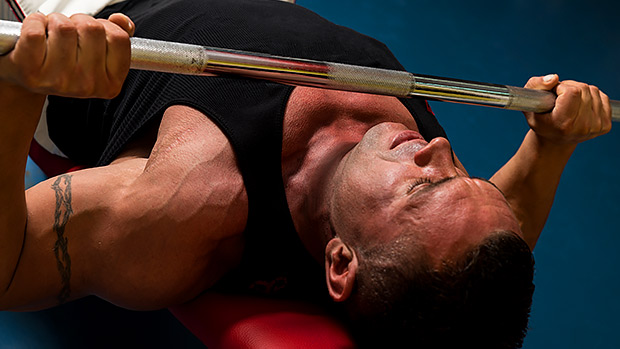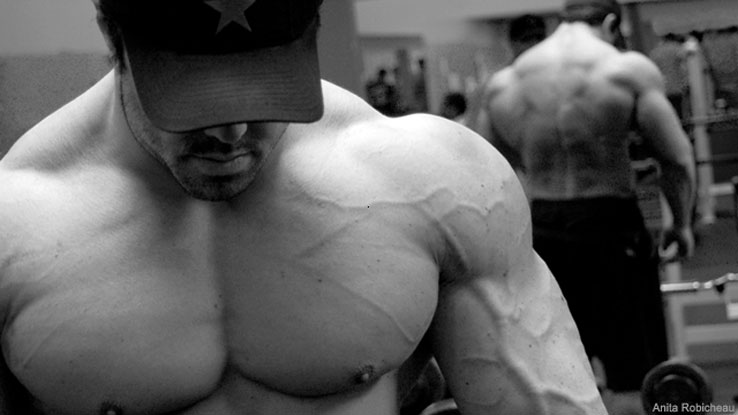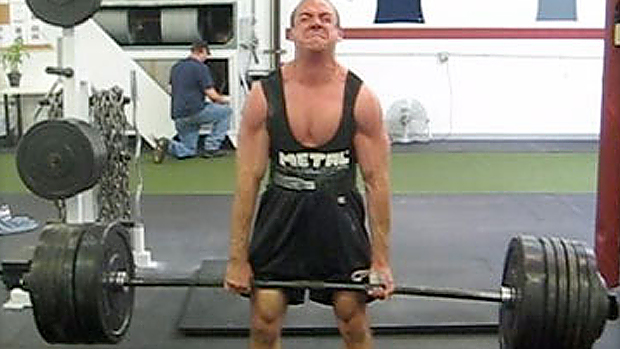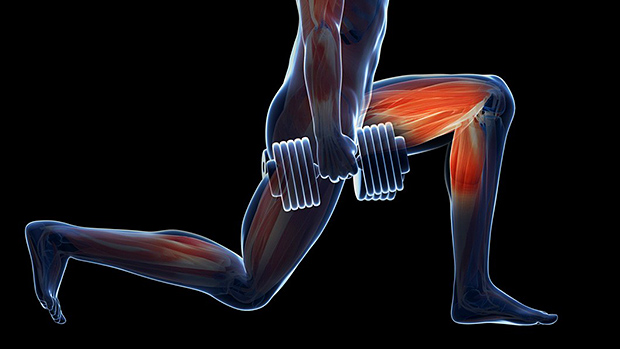After years in the iron game, PRs get harder to hit. There comes a point where you can't just go to the gym each day and pull a new personal best out of your butt.
If you're an advanced lifter you'll need a better strategy and maybe a "trick" or two to continue to up your poundages. If you're struggling to hit a new PR on either your squat or bench press, try using post-activation potentiation (PAP) to bust through your plateaus.
PAP is the increase in muscle force and rate of force development (RFD) that occurs as a result of previous activation of the muscle (1).
When using PAP for a new PR, you're essentially firing up your central nervous system to get a stronger contraction. Using PAP works best with exercises that begin with an eccentric or lowering phase such as the squat or bench press.
Here's how to do it:
The next time you go for new squat PR, load approximately 110% of the weight you want to lift onto the bar and do a heavy walkout. For example, if your goal is to squat 405 pounds, you'd put about 445 on the bar.
After this, walk out with this weight and stabilize it for about 10 seconds. Don't try to squat it; just stand there. Now re-rack the weight. Wait about 2-5 minutes before attempting your 405-pound squat.
If your goal is to bench 315, you'd put approximately 345 pounds (around 110%) on the bar and have a partner assist you with the liftoff.
Hold the weight above you for approximately 10 seconds before re-racking the bar. Wait about 2-5 minutes and then crush your new 315-pound PR.
When you unrack a weight that's heavier than what you're about to lift, you're preparing or "tricking" your body into thinking it has to lift that weight. Once you've had an adequate rest, your actual PR will feel light (in comparison) when you go to un-rack the weight.
Between lighting up your nervous system and seriously boosting your confidence, your odds of successfully completing your new PR attempt go way up.
- Lorenz, Daniel. "Postactivation Potentiation: an Introduction." International Journal of Sports Physical Therapy, Sports Physical Therapy Section, Sept. 2011.




